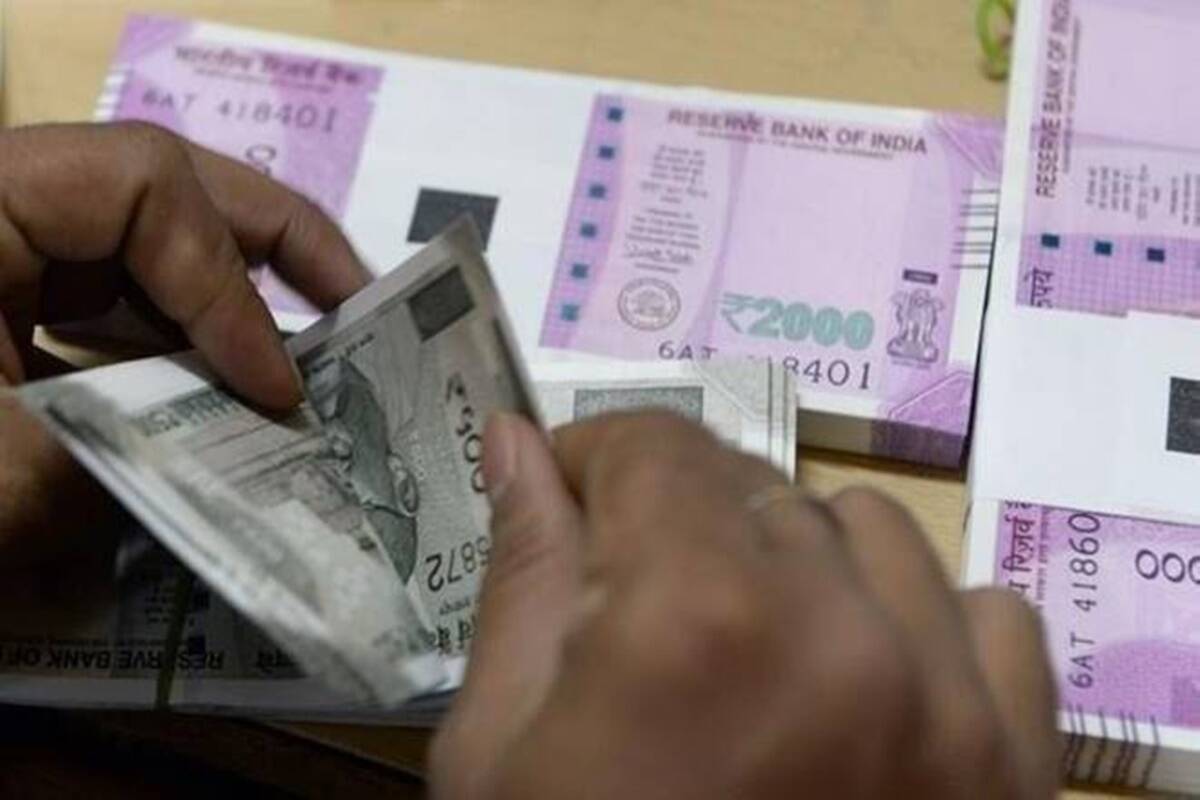 Accordingly, it has revised its loan restructuring estimates downward to 2.5-4.5% of advances, against 5-8% estimated earlier.
Accordingly, it has revised its loan restructuring estimates downward to 2.5-4.5% of advances, against 5-8% estimated earlier. Net non-performing assets (NPAs) and credit provisions for banks will trend lower in FY22 as they have reported strong collections on their loan portfolio. Loan restructuring requests have been much lower than previously estimated as a result of a sharper-than-expected improvement in economic activities as well liquidity support through the emergency credit line guarantee scheme, rating agency Icra said on Monday. Accordingly, it has revised its loan restructuring estimates downward to 2.5-4.5% of advances, against 5-8% estimated earlier.
Anil Gupta, sector head – financial sector ratings, Icra Ratings, said with expectations of sustained collections and lower restructuring, asset quality was expected to improve further, with the net NPA ratio declining to 2.4-2.6% by March 2022. “This will lead to lower credit provisions and better profitability in FY2022,” he said.
The agency said improved asset quality and consequently lower credit provisions could drive better profitability for banks, provide an impetus to lenders and rejuvenate their lending decisions. Low interest rates, improved business volumes, better job prospects and income levels could also stimulate credit demand next year. This, coupled with better competitive positioning of banks vis-a-vis other lenders driven by a steep decline in cost of deposits, could improve bank credit growth to 6-7% in FY22 from an estimated 3.9-5.2% in FY21 and 6.1% in FY20.
Even as the SC’s final order on asset classification is awaited, Icra expects the gross NPA and net NPA ratios for banks to rise to 10.1-10.6% and 3.1-3.2% respectively, by March 2021. The corresponding figures as of September 2020 were 7.9% and 2.2% respectively. Icra expects the credit provisions to decline to 1.8-2.4% of advances during FY22 from an estimate of 2.2-3.1% in FY21 and 3.1% in FY20, which will lead to improvement in return on equity (RoE) for banks.
Public sector banks are set to break-even after six consecutive years (FY16- FY21) of losses and generate an RoE of 0-5.4% for FY22 (-2.3%/ 3.7% for FY21 and -6.5% for FY20). The RoE for private banks is also estimated to improve to 9.5-10.5% in FY22 (2-7.5% in FY21 and 6.5% for FY20).
The capital position for large private banks is strong and they can withstand the stress case scenario for asset quality after having raised Rs 54,400 crore of capital during April-December of FY21. With large capital raises and expectations of improved profitability, these banks are also well placed to exercise call options on Rs 26,000 crore worth of additional tier-I (AT-I) bonds falling due in FY22 and FY23 without a significant impact on their capital. Icra expects the fresh capital requirement for private banks to be limited to less than Rs 10,000 crore till FY22. The requirement could come from a few mid-sized and small private banks.
The AT-I bond market for public sector banks has seen a revival in FY21. In addition, a few public sector banks have also been able to raise equity capital aggregating Rs 7,500 crore from the markets after a gap of almost three years. This, coupled with the government’s budgeted equity capital infusion of Rs 20,000 crore, should suffice for FY21, Icra said. Gupta further said public sector banks would need to raise additional capital of up to Rs 43,000 crore next year as they have call options falling due on AT-I bonds totalling Rs 23,300 crore during FY22.
“Capital will also be required to support credit growth as their internal capital generation could remain weak even next year. The ability of public banks to raise capital from markets will be critical to reduce GoI’s recapitalisation burden next year,” he added.
This article is auto-generated by Algorithm Source: www.financialexpress.com


